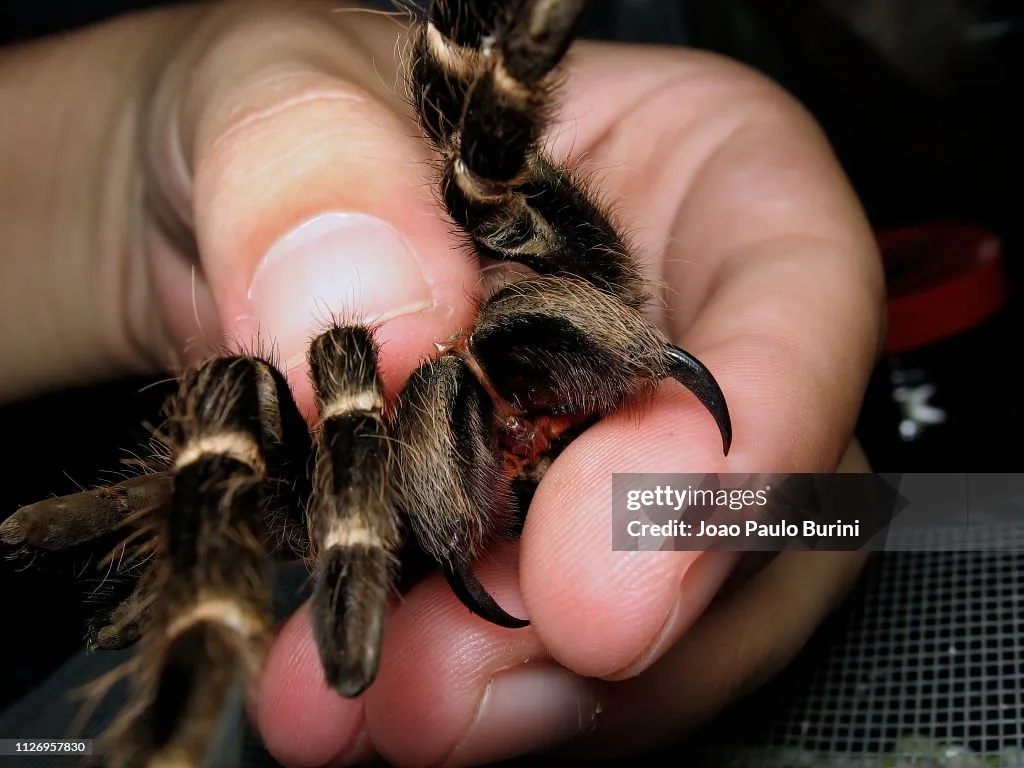Understanding Tarantula Bites in Nevada
Nevada, with its diverse desert landscapes, is home to various species of tarantulas. While these large spiders are generally not aggressive, tarantula bites can occur if they feel threatened. Understanding the nature of these bites is crucial for appropriate treatment. It is important to note that tarantula bites, although often painful, are rarely life-threatening. However, prompt and correct action is necessary to minimize discomfort and prevent complications. Knowing what to expect and how to react is vital for anyone living in or visiting Nevada’s tarantula habitats. The venom of a tarantula is not highly toxic to humans, but the bite itself and the subsequent reaction can still cause significant issues.
Identifying Tarantula Bites
Identifying a tarantula bite is the first step in effective treatment. The bite marks themselves may appear as two small puncture wounds, similar to a bee sting, due to the spider’s fangs. The appearance may vary depending on the individual’s skin reaction and the amount of venom injected. It is important to differentiate a tarantula bite from other insect bites or skin irritations. Careful observation of the area, including any redness, swelling, or localized pain, can help identify the bite. If you are unsure, it’s always best to err on the side of caution and seek medical advice, especially if you experience severe symptoms or if the bite area becomes infected. Immediate assessment of the bite marks aids in appropriate treatment and monitoring.
Symptoms of a Tarantula Bite
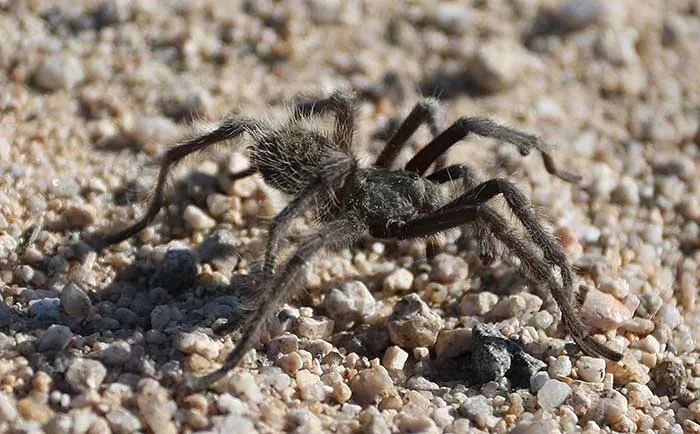
The symptoms of a tarantula bite can vary depending on the individual and the amount of venom injected. Common symptoms include immediate pain at the bite site, similar to a bee sting. Redness, swelling, and localized itching are also typical. In some cases, muscle cramps, and a general feeling of unwellness may occur. These symptoms are usually localized and subside within a few hours or days. More severe reactions are rare, but may include difficulty breathing or allergic responses, and require immediate medical attention. Monitoring the bite site for any changes in symptoms is critical. Early detection of any worsening symptoms ensures the necessary medical intervention, thereby preventing complications.
Immediate First Aid Steps
When dealing with a tarantula bite, quick and appropriate first aid can significantly reduce discomfort and prevent complications. Stay calm and move away from the spider to a safe location. The primary goal of first aid is to minimize the impact of the bite and provide relief. Ensure that you can safely treat the wound and that you’re not still at risk from the tarantula or other dangers. Swift action can often reduce the severity of symptoms and enhance the recovery process, making the experience much more bearable.
Rinsing the Wound
The first step in treating a tarantula bite is to gently rinse the wound with clean, running water. This helps remove any remaining venom and any potential irritants. Use mild soap and water if available, but avoid harsh chemicals or excessive scrubbing, which can further irritate the area. Thorough rinsing is important to prevent secondary infections by keeping the wound clean. Proper cleaning lays the foundation for proper healing and should be done immediately to avoid further complications. After cleaning, pat the area dry with a clean cloth.
Applying a Cold Compress
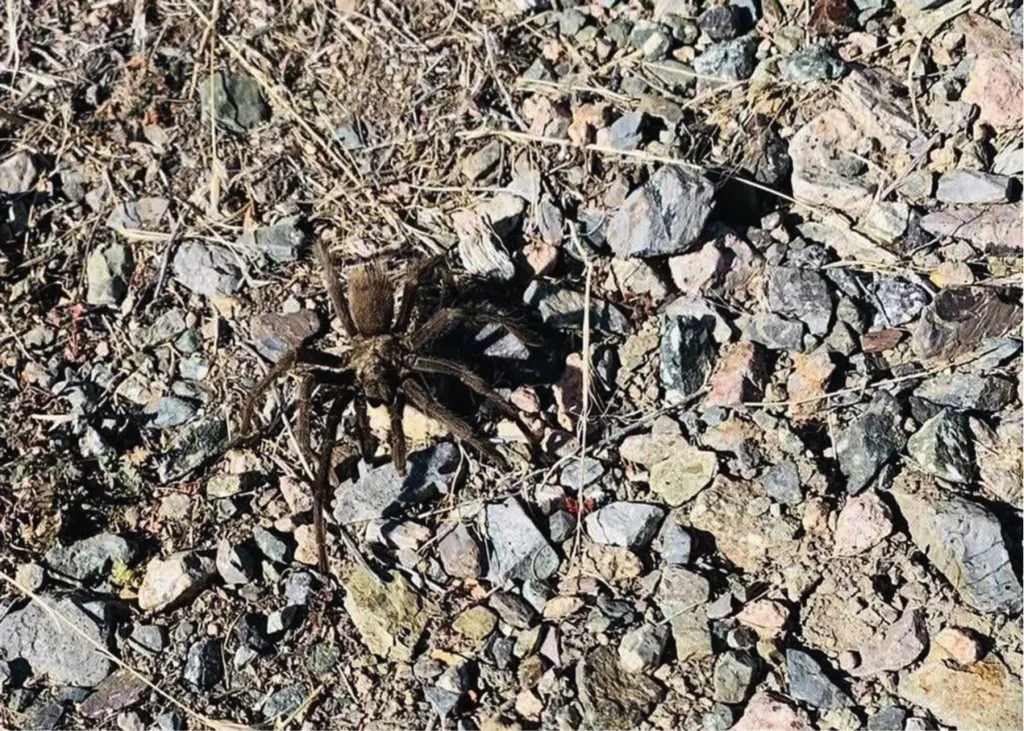
After rinsing the wound, applying a cold compress can help reduce pain, swelling, and inflammation. Wrap ice or an ice pack in a cloth and apply it to the bite site for 10-15 minutes at a time. Repeat this every hour or as needed for pain relief. The cold helps to constrict blood vessels, reducing swelling and slowing the spread of venom. Using a cold compress is a safe and effective way to manage discomfort. It provides immediate relief and can assist in reducing the overall impact of the bite. Make sure to check the skin regularly to avoid any cold-related injuries. The cold compress can also help to reduce inflammation and speed up healing.
Seeking Medical Attention
While most tarantula bites are not life-threatening, it’s important to know when to seek medical attention. If you experience severe symptoms, such as difficulty breathing, chest pain, severe allergic reactions, or the bite is on the face or neck, seek immediate medical help. In many cases, a doctor’s visit may be necessary to monitor the bite site, provide pain relief, or administer medications to manage allergic reactions. Do not hesitate to seek professional medical advice. Early treatment can prevent complications and ensure a faster recovery.
When to Seek Medical Help
Medical attention should be sought if there are signs of a severe allergic reaction (anaphylaxis), like swelling of the face, lips, or tongue. If the symptoms get worse or don’t get better within a few days, it’s also important to seek medical advice. Any bite near the eyes, mouth, or throat requires immediate care, as the swelling in these areas can be dangerous. Moreover, if you develop signs of infection, such as increased redness, pus, or fever, it’s crucial to see a doctor. Prompt medical assessment and treatment are necessary in these cases to prevent the bite from worsening or causing secondary issues. Don’t delay seeking help if you feel concerned about your reaction.
What to Tell Medical Professionals

When seeking medical attention, provide as much information as possible to healthcare professionals. Describe the circumstances of the bite, including when and where it occurred. Detail any symptoms experienced, including their onset, duration, and severity. If possible, describe the tarantula, or take a photo if you have one. Mention any existing allergies or medical conditions. Provide information on any medications you are taking. All these details help medical professionals to diagnose the problem effectively and provide appropriate treatment. Accurate information ensures that doctors can better assess the severity of the situation and make informed decisions about your care, which will lead to a faster and safer recovery.
Post-Bite Care and Recovery
Proper post-bite care is essential for a speedy recovery and preventing complications. Following the initial first aid steps, continue to monitor the bite site closely. Providing the right care at this stage helps manage pain, minimizes the risk of infection, and aids healing. Appropriate aftercare can have a significant impact on recovery time and overall well-being, ensuring you can return to your routine as quickly as possible. Following the given advice is critical in preventing any further discomfort or complications from the bite.
Cleaning and Monitoring the Bite Site
Clean the bite site gently with mild soap and water daily, or as recommended by a healthcare professional. Keep an eye on the area for signs of infection, such as increasing redness, swelling, warmth, pus, or red streaks. Contact your doctor if any of these symptoms arise. Keeping the site clean prevents infections. Proper monitoring will enable you to notice any complications early on, enabling effective and timely treatment. Monitoring will also help determine if additional medical assistance is necessary for successful recovery.
Managing Pain and Discomfort

To manage pain and discomfort, over-the-counter pain relievers such as ibuprofen or acetaminophen can be used as needed. Avoid scratching the bite site to prevent infection. Apply a cold compress as needed to relieve pain and swelling. In some cases, your doctor may recommend or prescribe additional medications for pain relief or to treat allergic reactions. Proper pain management ensures that your recovery is comfortable and that you can go back to your everyday routine. Follow your doctor’s advice when using any medications to ensure safe and effective recovery.
Possible Complications
While rare, tarantula bites can sometimes lead to complications. Understanding these potential issues and knowing what to watch out for is essential. These complications can impact your health, and early detection and treatment are key. Being aware of possible complications also equips you with the necessary tools to prevent and address them, ultimately ensuring a healthier outcome.
Allergic Reactions and Anaphylaxis
Allergic reactions to tarantula bites are possible and can range from mild to severe. Symptoms of a mild allergic reaction may include hives, itching, or swelling at the bite site. Severe reactions, such as anaphylaxis, are rare but life-threatening and require immediate medical attention. Symptoms of anaphylaxis include difficulty breathing, swelling of the throat, dizziness, or loss of consciousness. If you experience signs of a severe allergic reaction, seek immediate medical help. Anaphylaxis requires emergency treatment, including the use of epinephrine (an EpiPen) and other supportive measures.
Infections
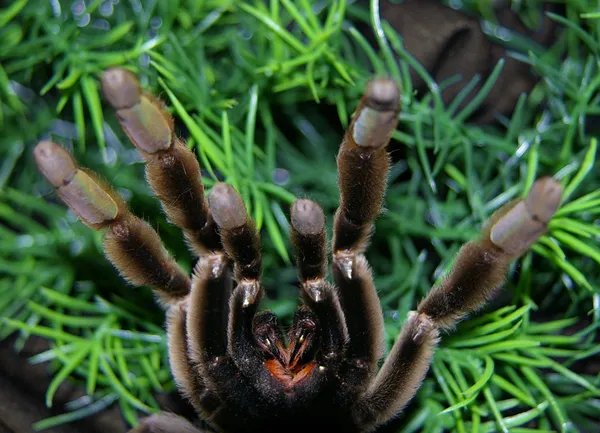
Infections can occur if bacteria enter the bite wound. Signs of infection include increased redness, swelling, warmth, pus, and fever. If you notice any of these symptoms, consult a doctor immediately. Infections can worsen quickly and lead to serious complications if left untreated. Medical treatment, such as antibiotics, is often required to clear the infection and prevent further health problems. It’s crucial to keep the bite site clean and monitor for any signs of infection, as this will make the recovery process faster and safer.
Prevention and Safety Measures
Preventing tarantula bites is often the best approach. Taking precautions when in tarantula habitats can greatly reduce the risk of encountering a spider and being bitten. Being mindful of your surroundings and using the correct safety measures protects you from both harm and discomfort. Understanding the preventative methods empowers you to enjoy your time in areas where tarantulas live without fear of a bite. Proper safety is key for any outdoor activity in Nevada.
Avoiding Tarantula Bites
The most effective way to prevent tarantula bites is to avoid contact with tarantulas. When hiking or working outdoors in Nevada, be cautious around rocky areas, under logs, and in burrows where tarantulas may live. Wear long pants and closed-toe shoes to provide a barrier against bites. Avoid reaching into dark or hidden spaces. Use a flashlight to illuminate areas before entering. Also, be aware of the spiders’ activity levels, especially during mating season when they are more active. Simple steps make a big difference in safeguarding yourself from unwanted encounters, allowing you to enjoy outdoor activities without worry.
What to Do If You Encounter a Tarantula
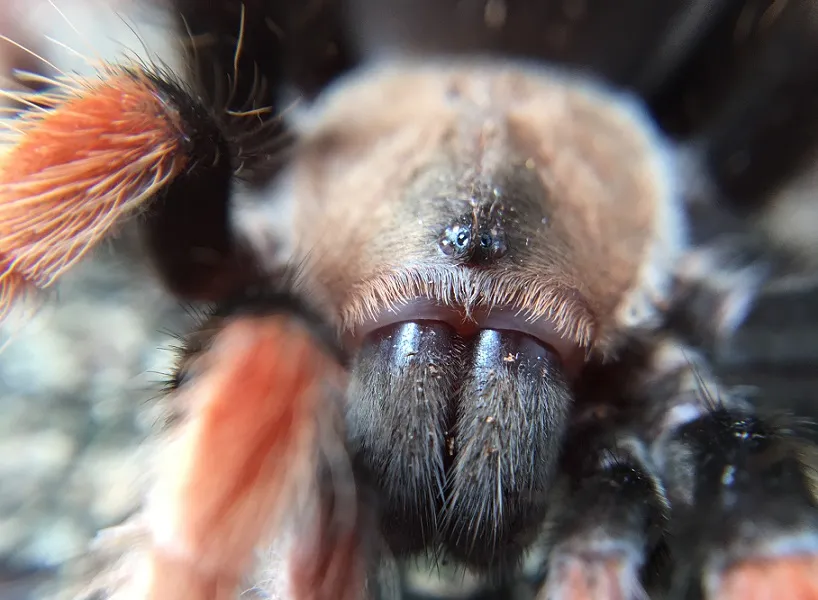
If you encounter a tarantula, the best course of action is to stay calm and slowly back away. Avoid sudden movements or attempts to grab or handle the spider. Give it space to move away on its own. Observe it from a safe distance. Do not provoke or threaten the spider, as it is more likely to bite if it feels threatened. If the spider is in your home, contact a professional pest control service for safe removal. By respecting the spider’s space and avoiding interaction, you greatly reduce the risk of a bite. Patience and a calm demeanor are your best tools when dealing with a tarantula encounter.
